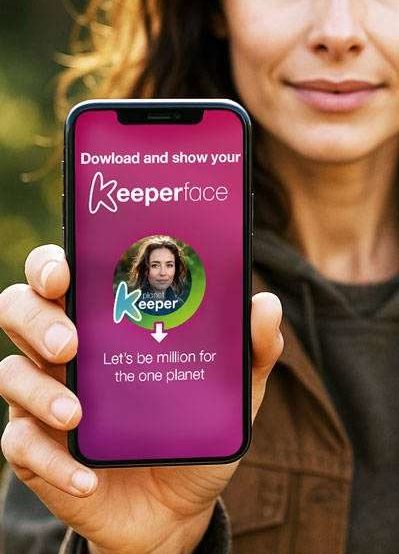Innovations in Sustainable Smart Cities
Sustainable smart cities present themselves as interconnected ecosystems where digital technologies, notably the Internet of Things (IoT), artificial intelligence (AI), and smart infrastructures, play a crucial role. These technologies enable the collection and analysis of real-time data, thus improving the management of urban services such as lighting, waste, and energy consumption[5].
IoT Sensors and Smart Lighting
IoT sensors are deployed to optimize public lighting, thereby reducing energy consumption and associated costs. For example, in Copenhagen, smart lighting systems adjust their intensity based on the presence of pedestrians and vehicles, which has led to a reduction in energy consumption by over 50%[3].
Shared Autonomous Mobility
Shared autonomous mobility is another key innovation of smart cities. In Singapore, integrated public transport systems and autonomous cart services aim to reduce urban congestion and greenhouse gas emissions. However, these solutions are often costly and may exclude low-income populations[3].
Positive Energy Buildings
Positive energy buildings, which produce more energy than they consume, are becoming increasingly widespread. In Medellín, social housing projects incorporating solar panels and energy recovery systems have shown promising results in terms of sustainability and reducing energy costs[3].
Environmental Efficiency and Social Costs
Carbon Footprint Reduction
Sustainable smart cities aim to significantly reduce the urban carbon footprint. Smart water management systems, vertical urban agriculture, and waste recycling initiatives contribute to more sustainable resource management. However, the astronomical costs of these technologies raise questions about their accessibility and social impact[5].
Exclusion of Vulnerable Populations
The deployment of these advanced technologies can lead to the exclusion of vulnerable populations. The Sidewalk Labs project in Toronto, which aimed to create a smart neighborhood, was partly abandoned due to concerns about digital surveillance and the exclusion of marginalized communities. This experience highlights the risks of technological gentrification and the need for a more inclusive approach[5].
Digital Surveillance and Social Risks
Widespread Digital Surveillance
Widespread digital surveillance is one of the main criticisms leveled at smart cities. Data collected by IoT sensors and smart systems can be used to monitor citizens, raising concerns about privacy and individual freedoms.
Exclusion and Gentrification
The exclusion of vulnerable populations and technological gentrification are potential consequences of smart cities. The high costs of technologies and smart housing can push low-income families to leave their neighborhoods, thus exacerbating urban inequalities.
More Inclusive Low-Tech Alternatives
Community Solutions
Low-tech solutions, based on community participation and social innovation, can offer a more inclusive and sustainable alternative. Urban gardening initiatives, renewable energy cooperatives, and community recycling programs demonstrate that sustainability can be achieved without resorting to costly and exclusive technologies.
Education and Citizen Participation
Education and citizen participation are essential for creating sustainable and inclusive smart cities. By involving citizens in the decision-making process and offering them training on green technologies, we can ensure that the benefits of sustainability are shared by all.
Conclusion
Sustainable smart cities offer promising innovations to improve quality of life and reduce the environmental footprint of cities. However, it is crucial to consider the social costs and risks of exclusion associated with these technologies. By adopting more inclusive approaches and prioritizing citizen participation, we can create smart cities that benefit everyone, without creating new urban inequalities.
SOURCES
– https://www.edcparis.edu/fr/blog/smart-cities-comment-la-dara-transforme-nos-villes – Smart cities: how data is transforming our cities?
– https://geoconfluences.ens-lyon.fr/glossaire/ville-intelligente – Smart city (smart city) – Géoconfluences
– https://www.atlasmanagement.nc/smart-cities-la-transformation-au-coeur-de-la-ville/ – SMART CITIES, the transformation at the heart of the city
– https://www.nvssoft.com/fr/insight_post/smart-cities-le-parcours-de-la-transformation-digitale/ – Smart Cities: the journey of digital transformation – NVSSoft®
– https://www.studysmarter.fr/resumes/ingenierie/urbanisme/transformation-urbaine/ – Urban transformation: Definition & Impact | StudySmarter
Sources
https://www.edcparis.edu/fr/blog/smart-cities-comment-la-dara-transforme-nos-…
https://geoconfluences.ens-lyon.fr/glossaire/ville-intelligente
https://www.atlasmanagement.nc/smart-cities-la-transformation-au-coeur-de-la-…
https://www.nvssoft.com/fr/insight_post/smart-cities-le-parcours-de-la-transf…
https://www.studysmarter.fr/resumes/ingenierie/urbanisme/transformation-urbaine/
https://www.edcparis.edu/fr/blog/smart-cities-comment-la-dara-transforme-nos-…
https://geoconfluences.ens-lyon.fr/glossaire/ville-intelligente
https://www.atlasmanagement.nc/smart-cities-la-transformation-au-coeur-de-la-…
https://www.nvssoft.com/fr/insight_post/smart-cities-le-parcours-de-la-transf…
https://www.studysmarter.fr/resumes/ingenierie/urbanisme/transformation-urbaine/



